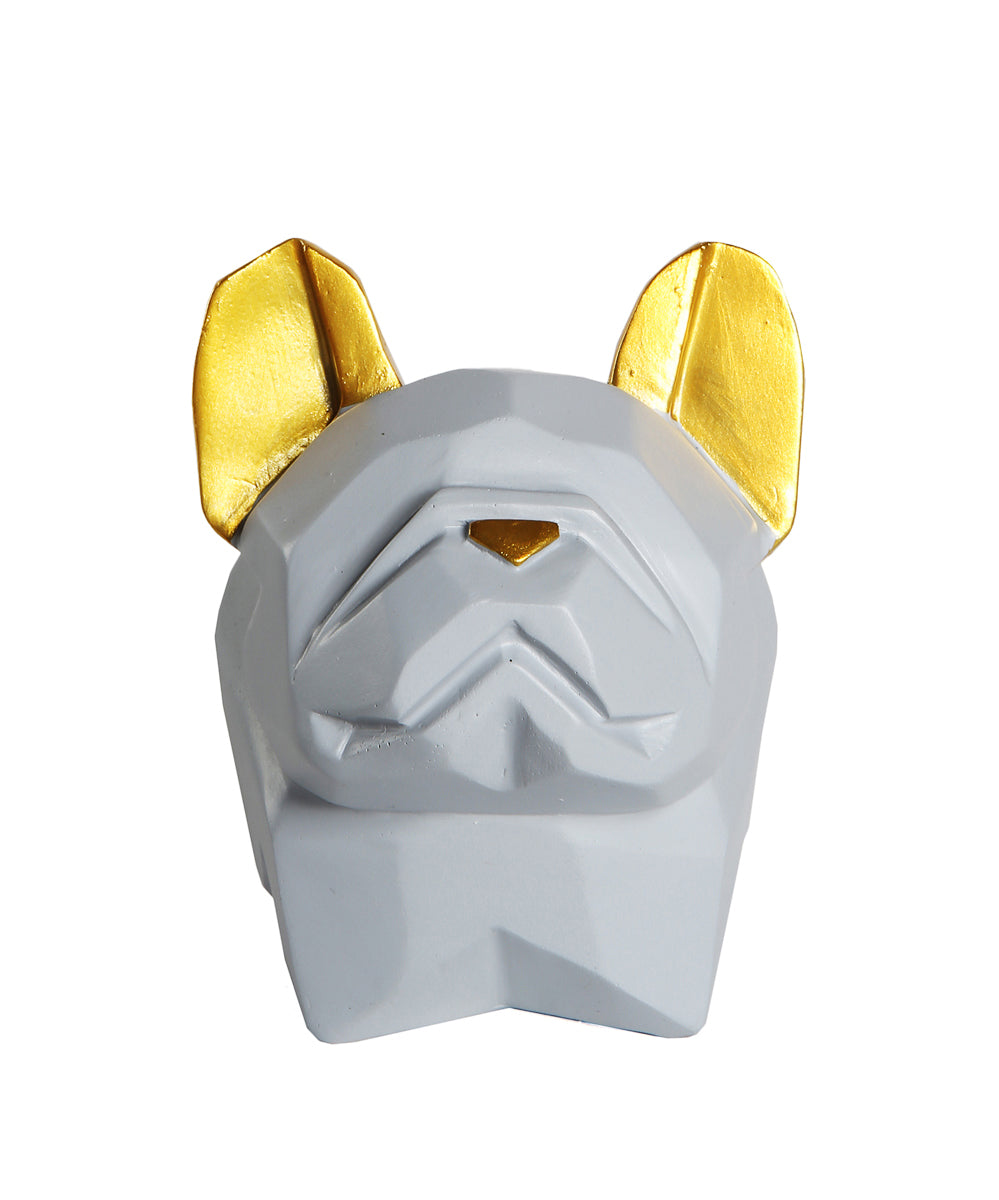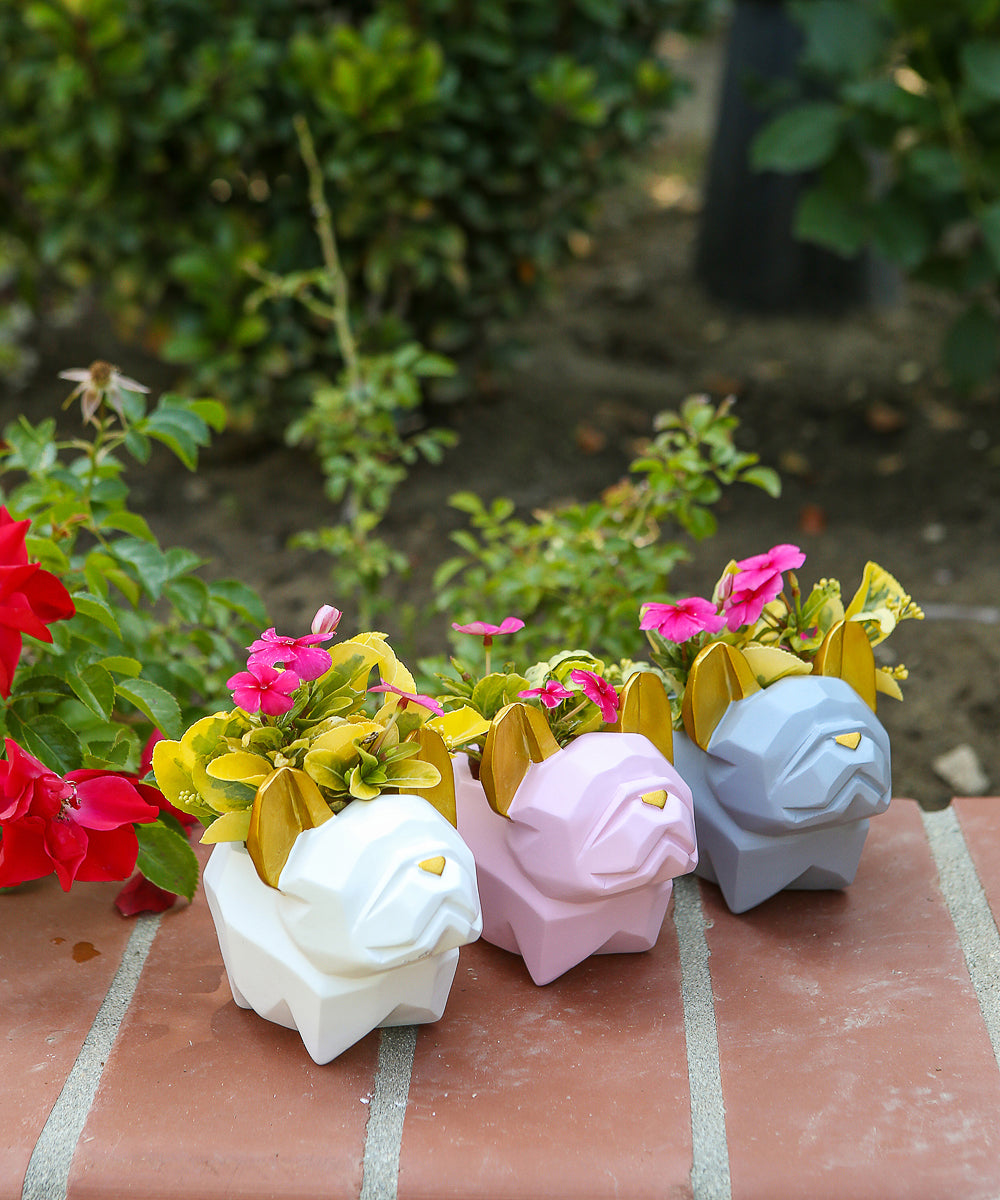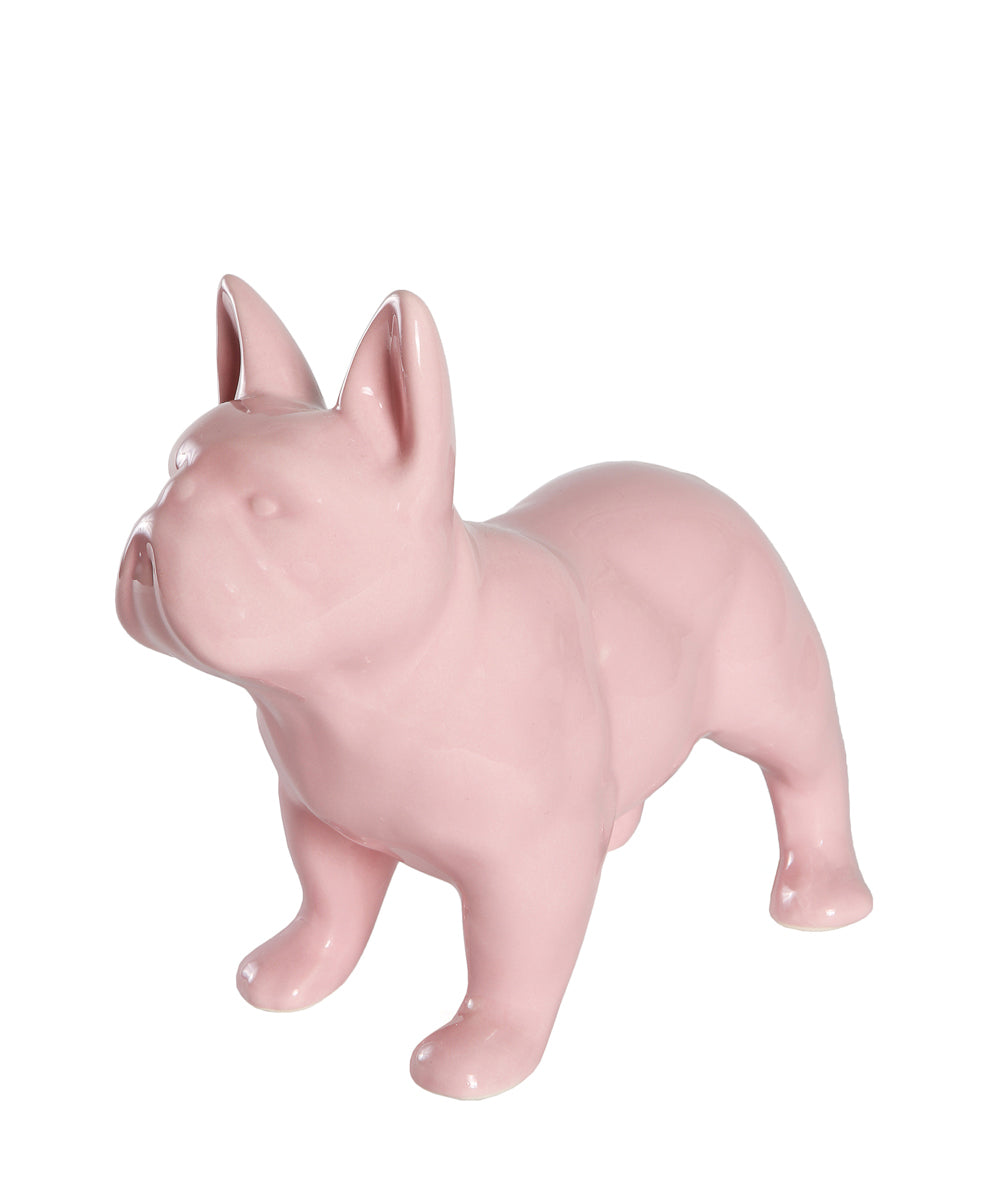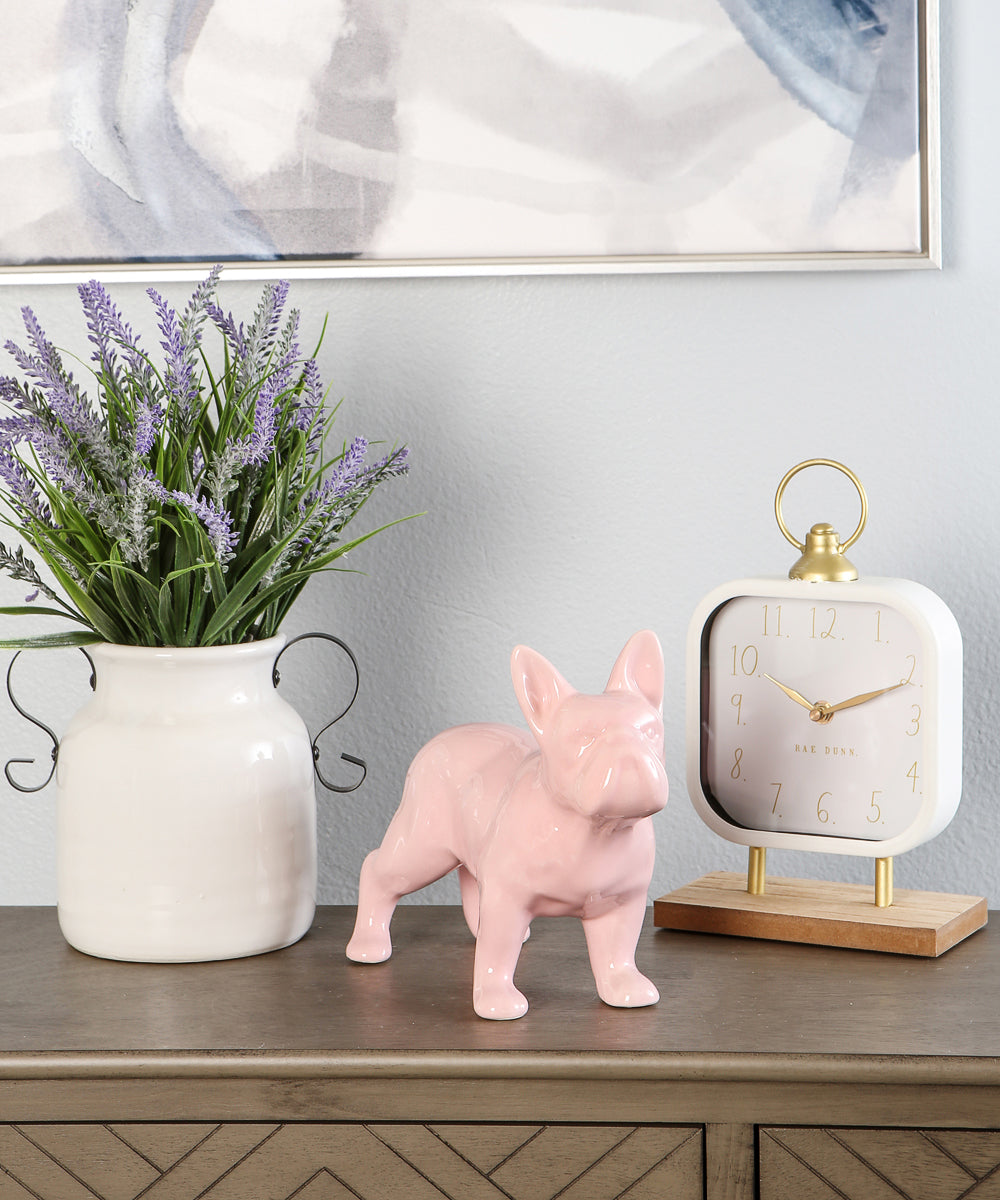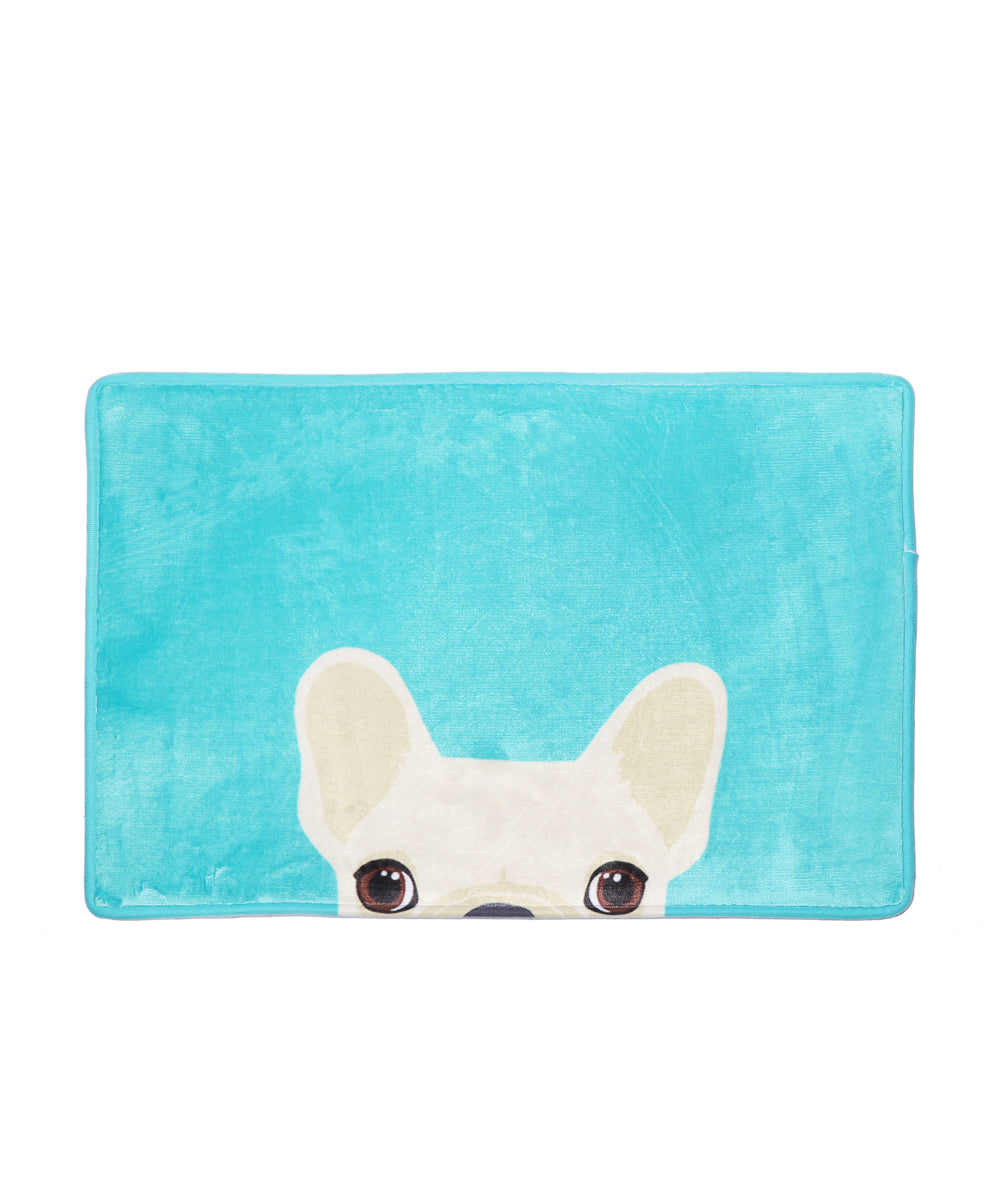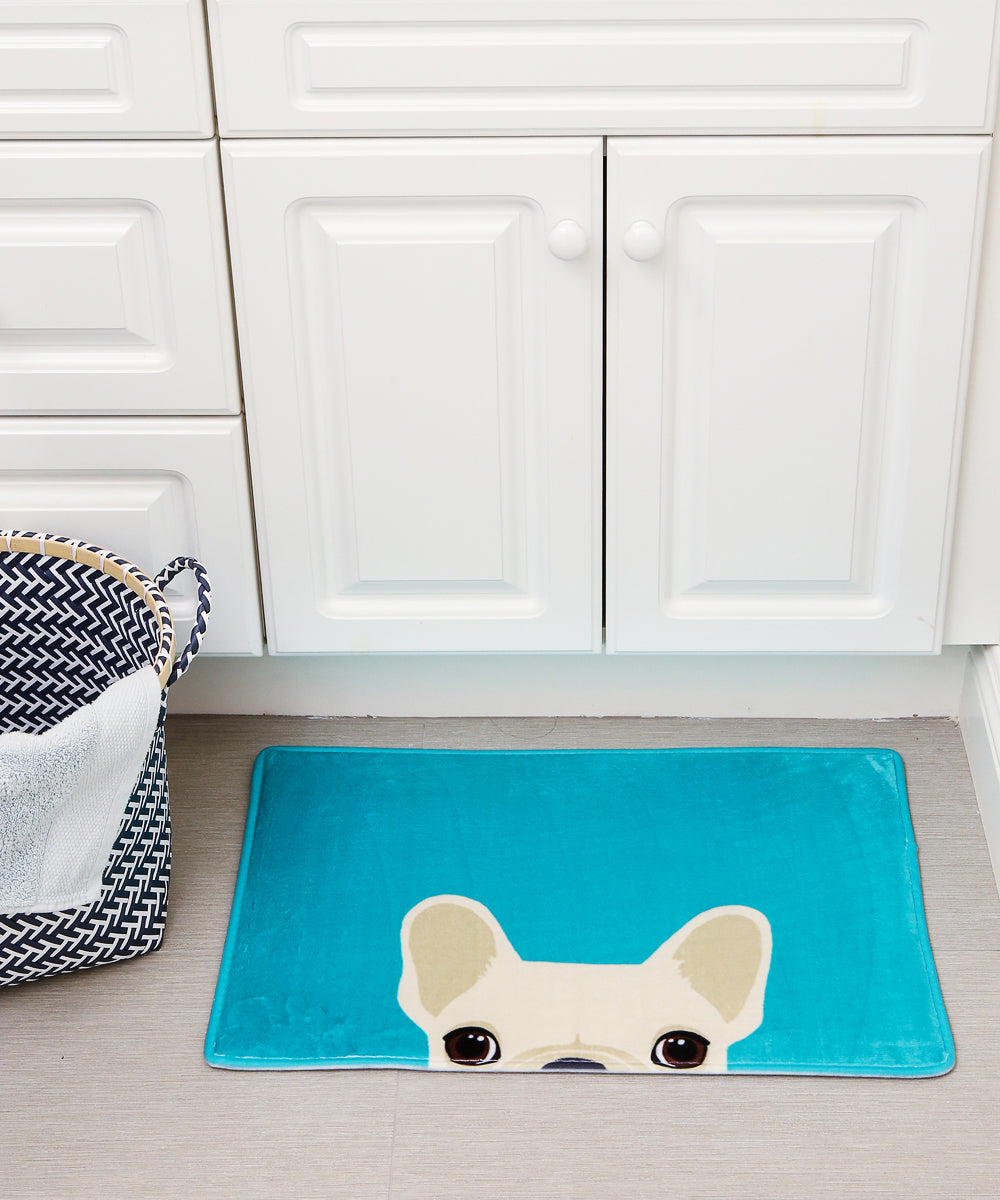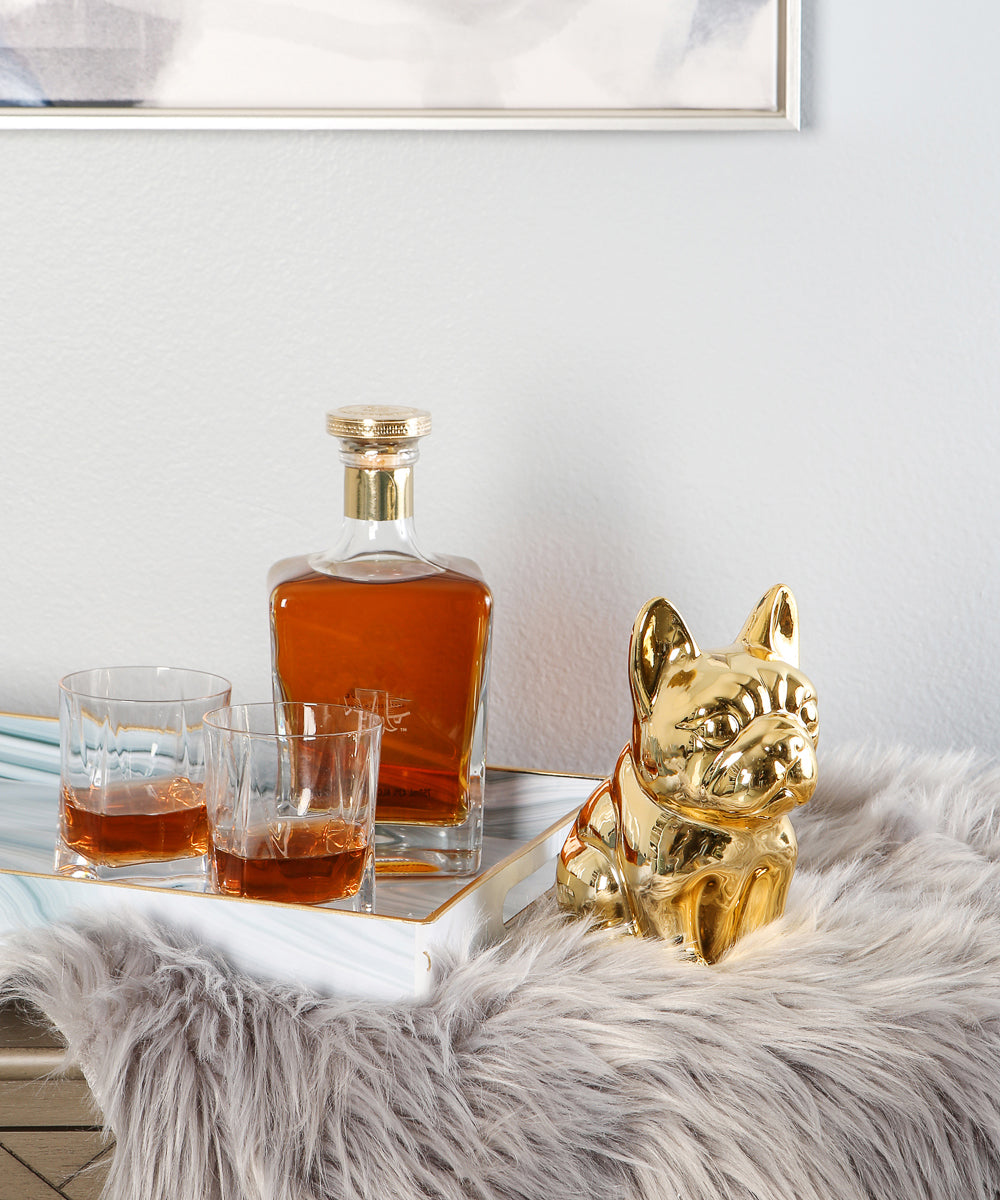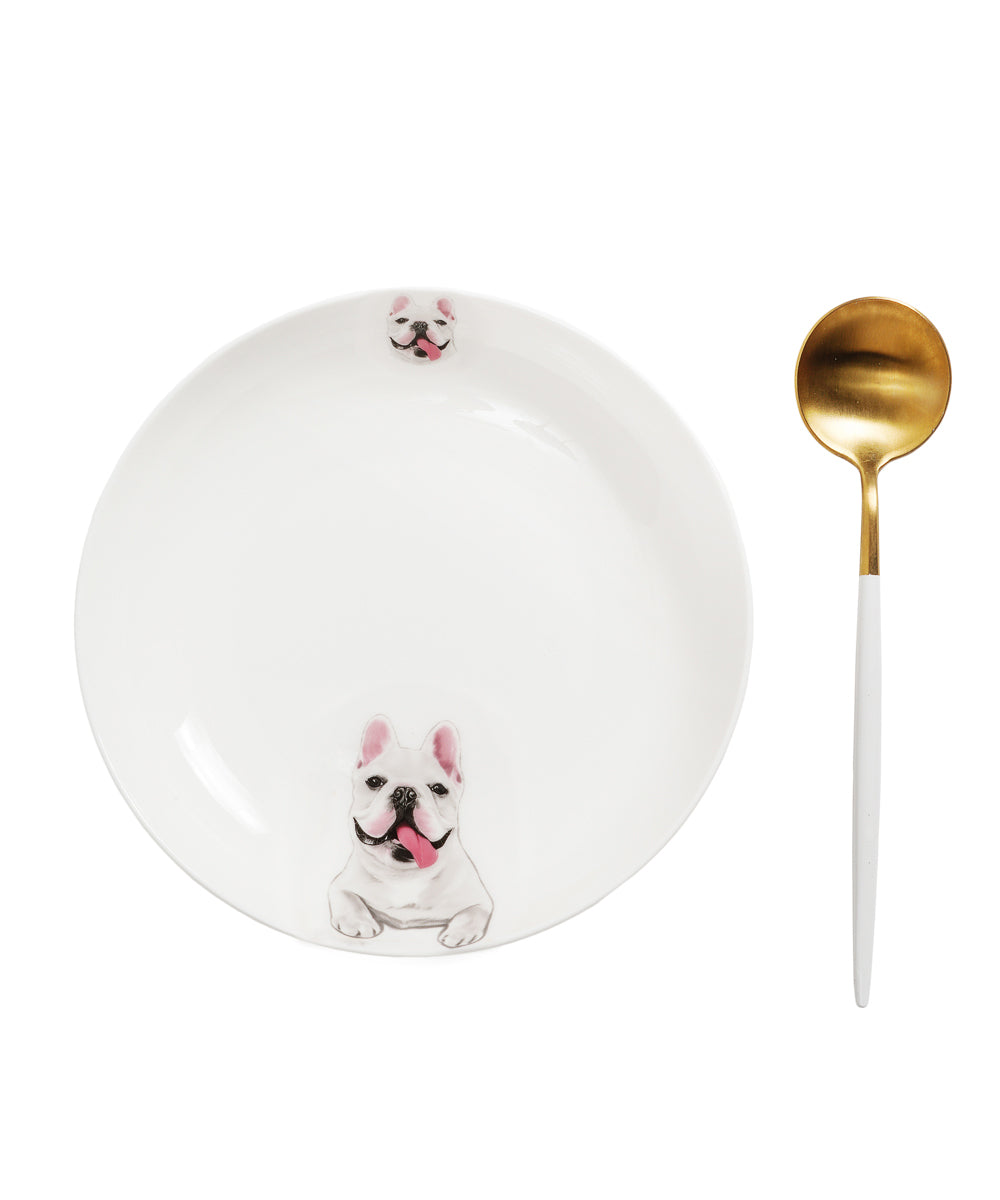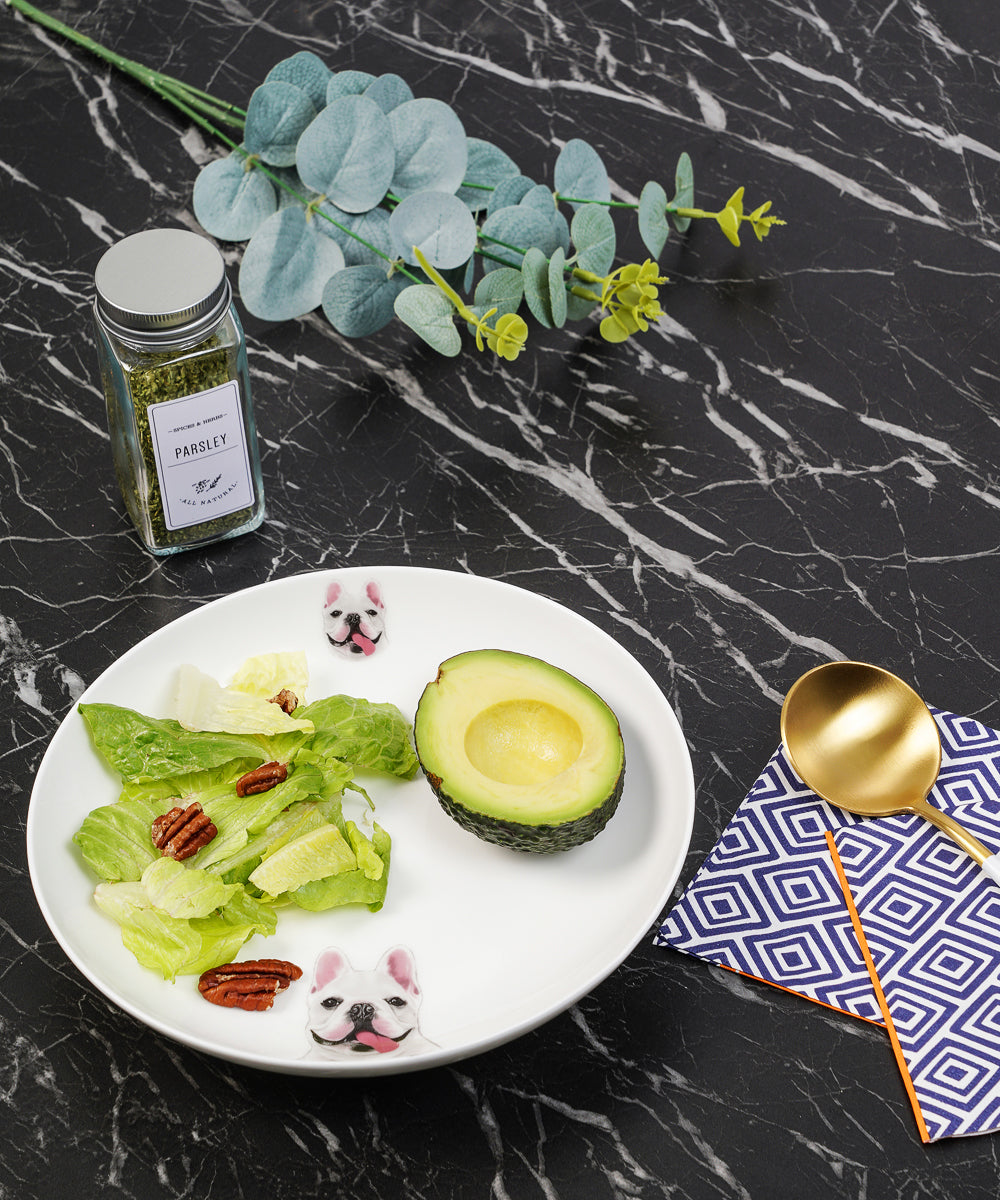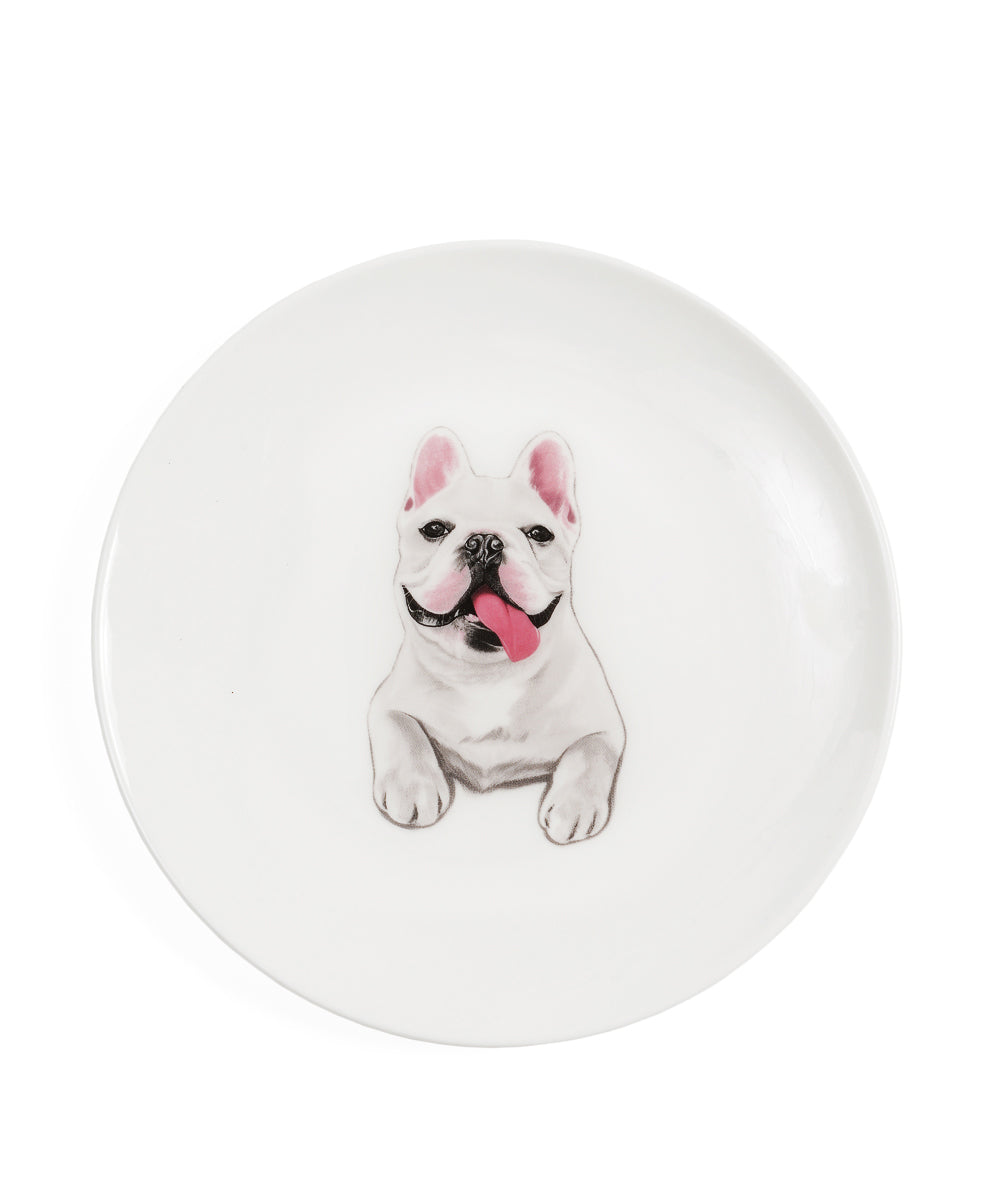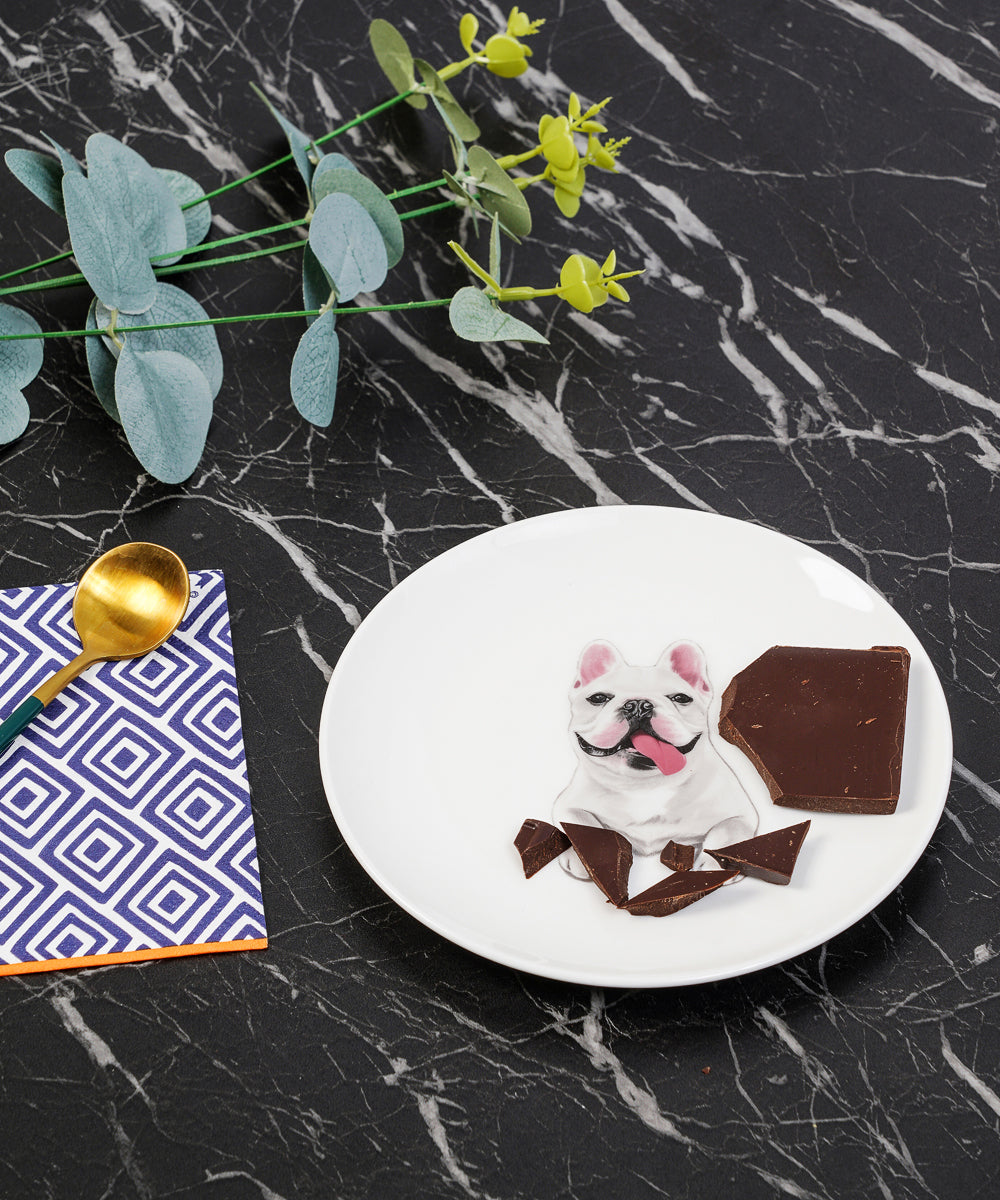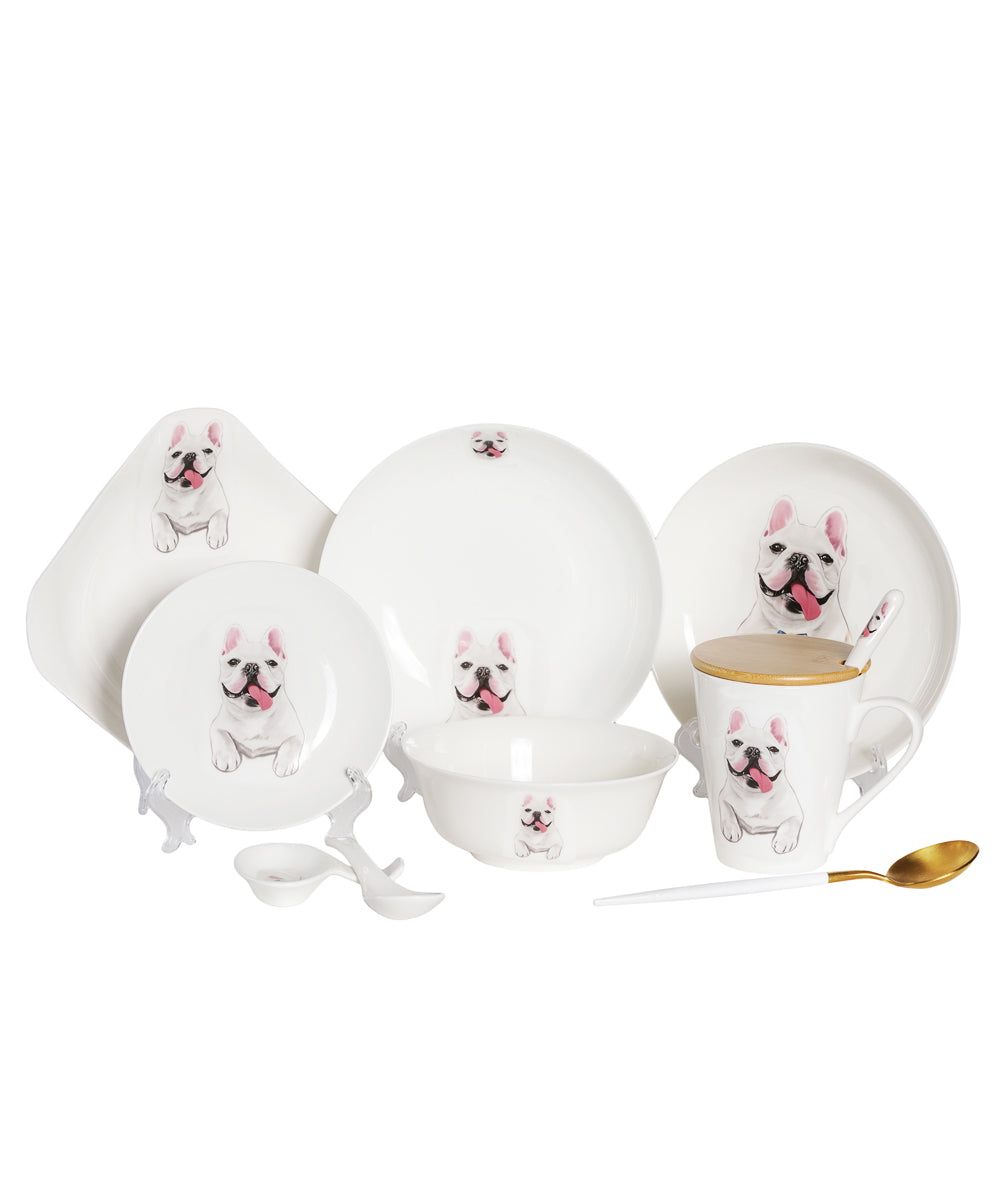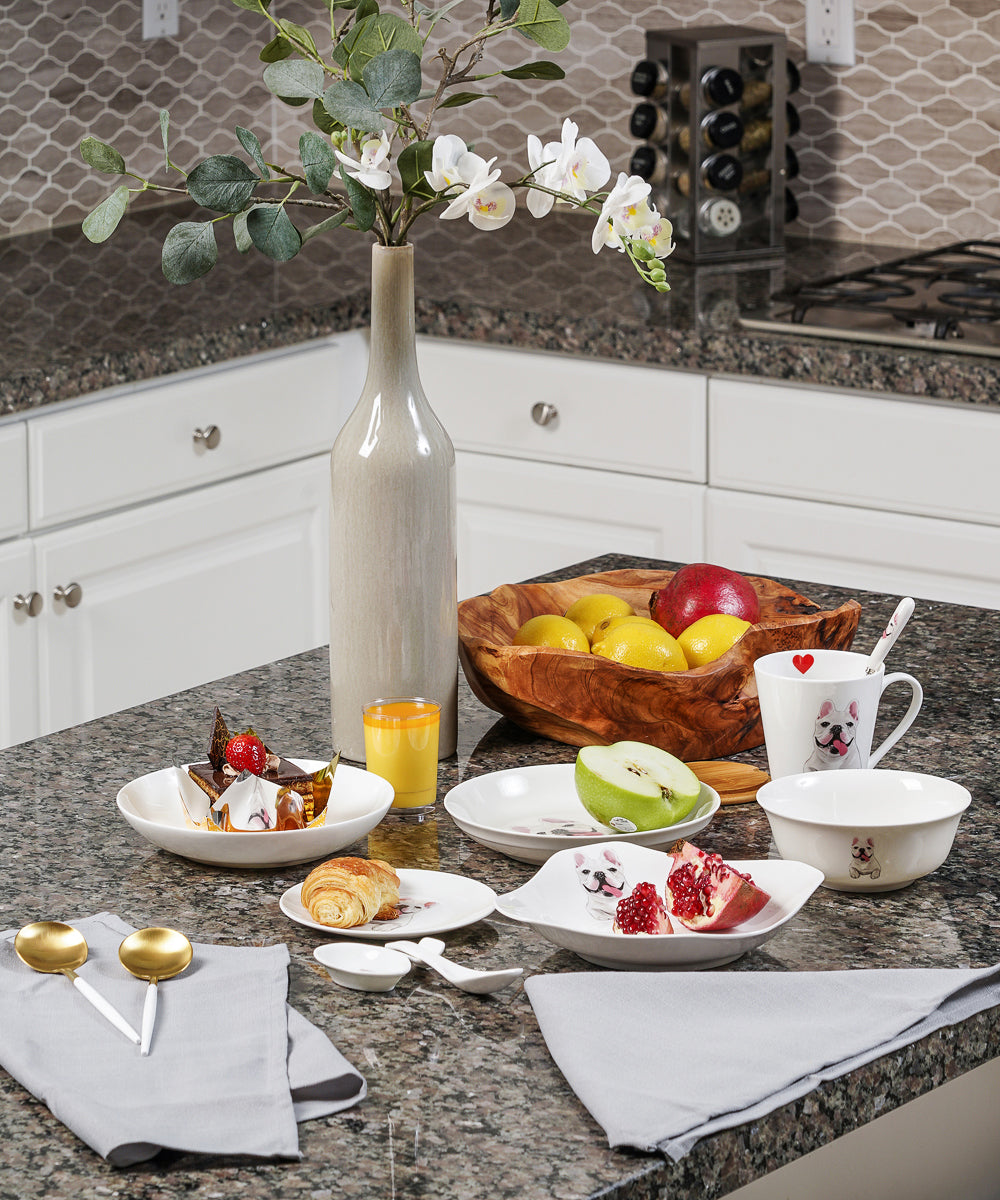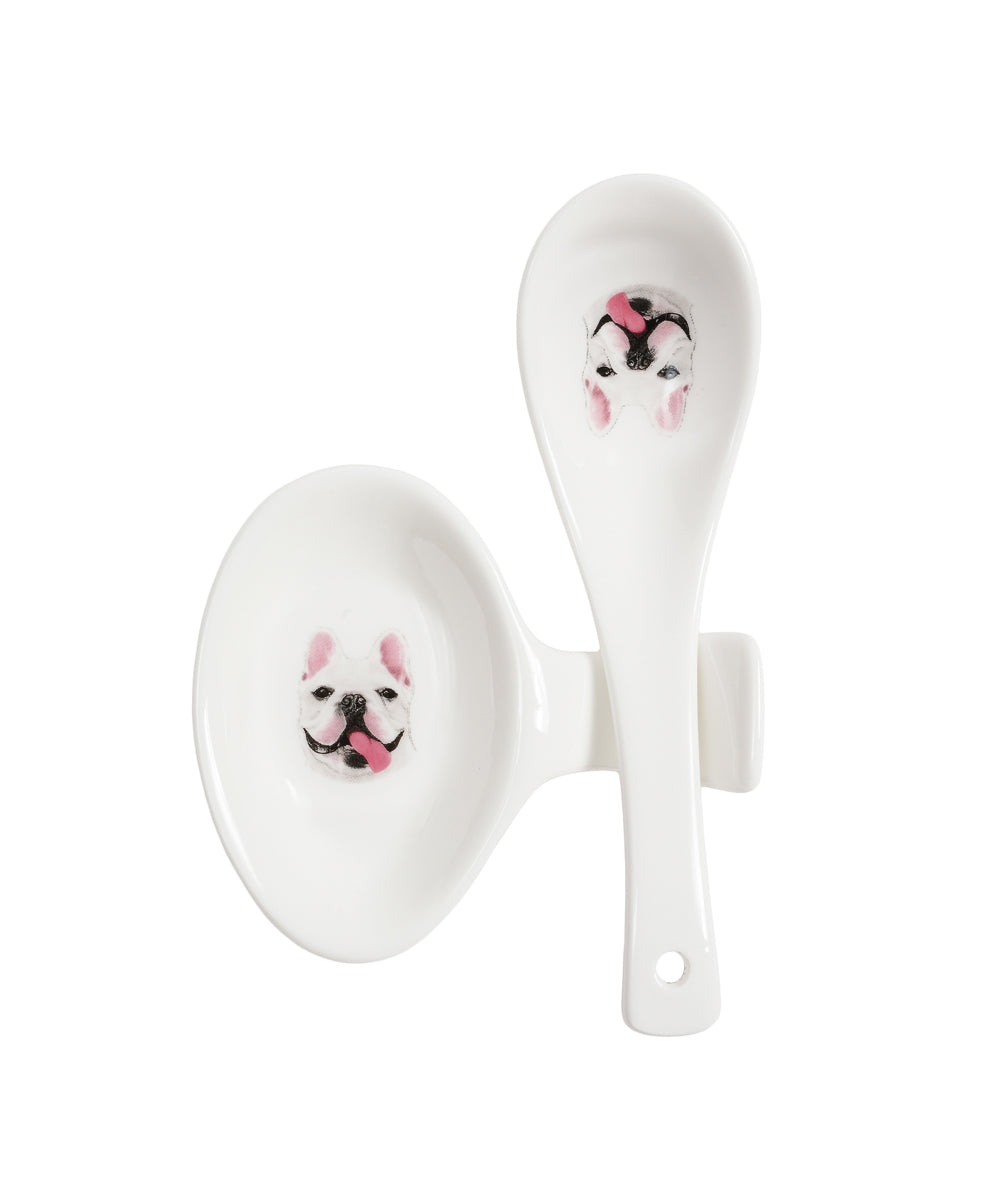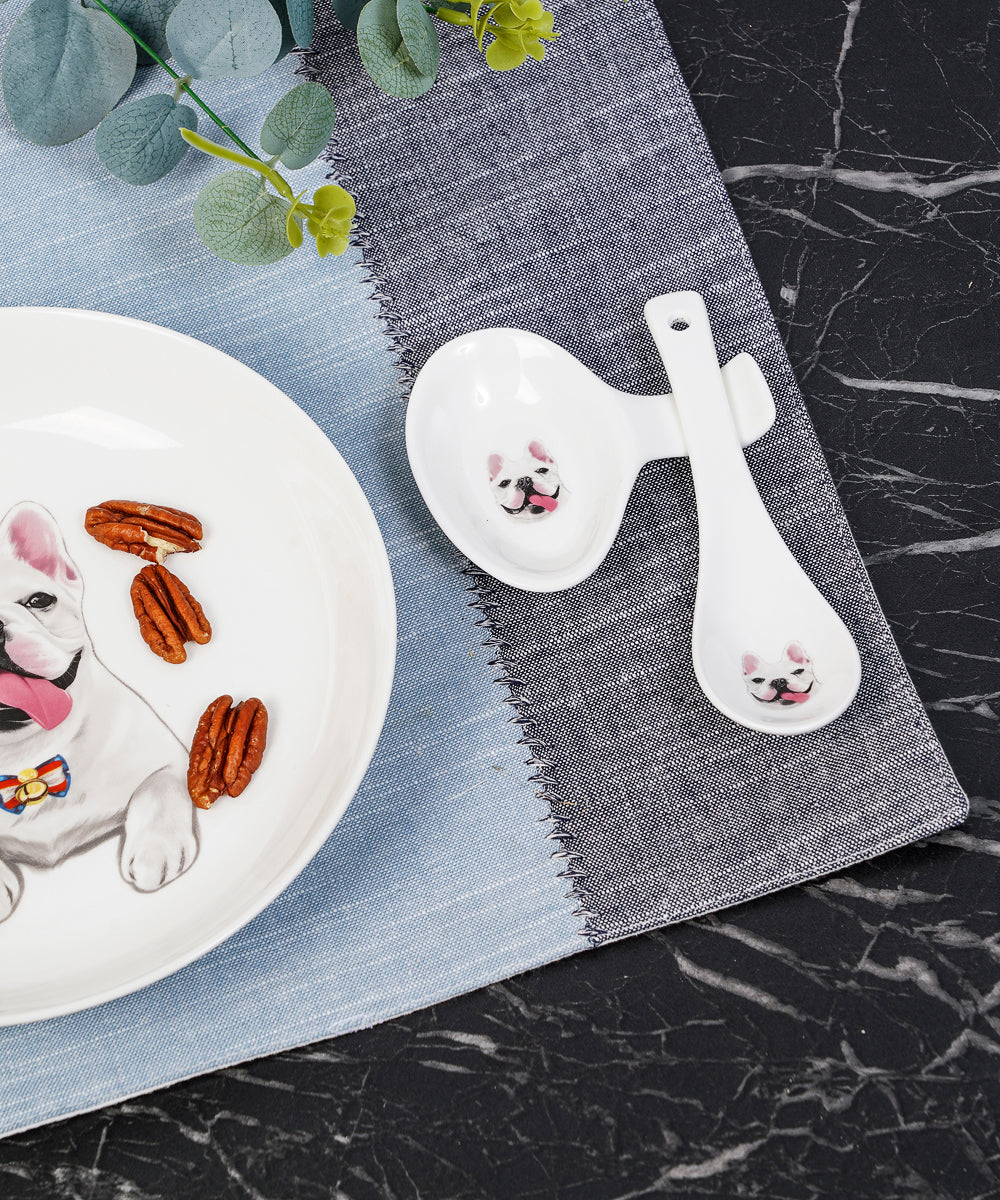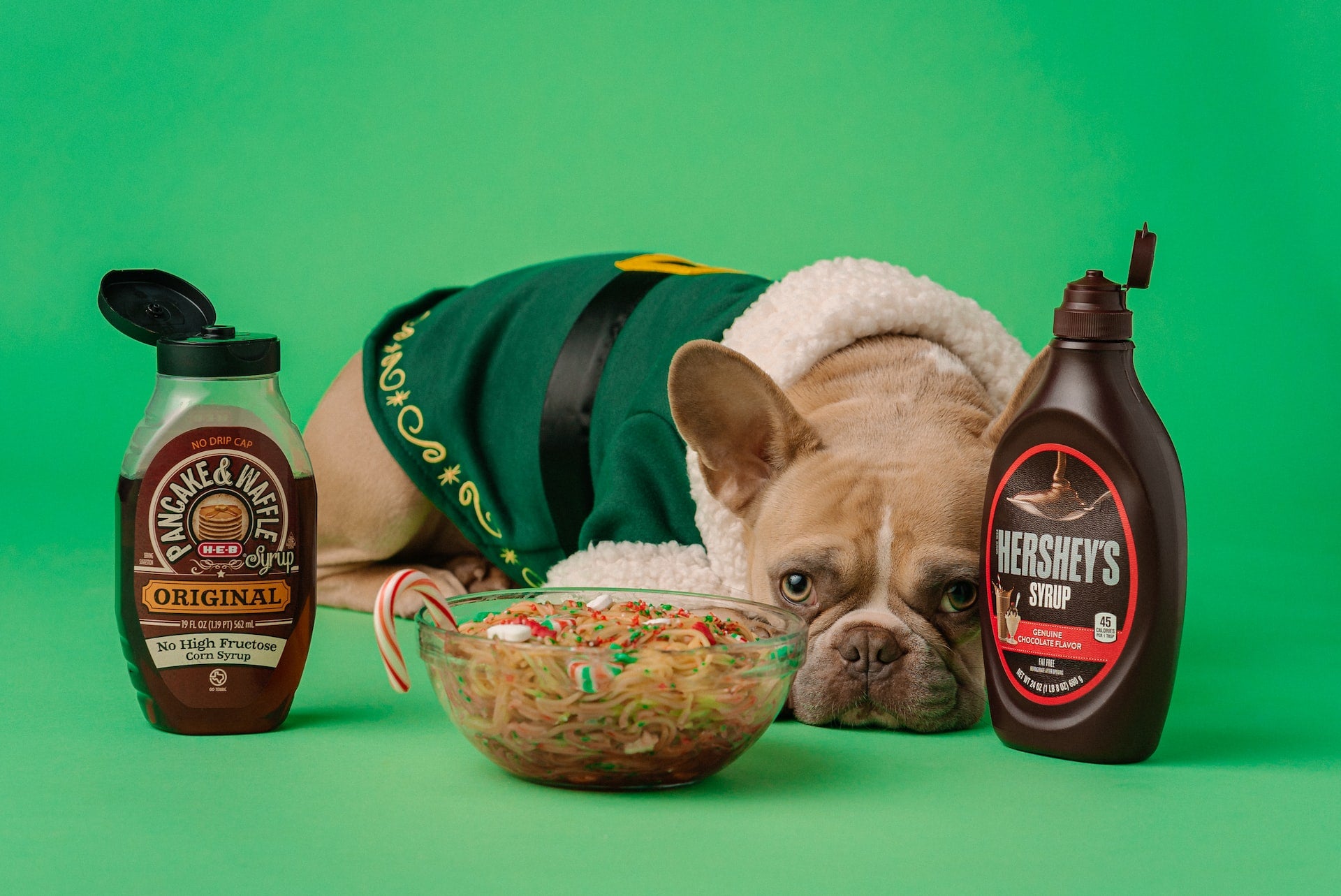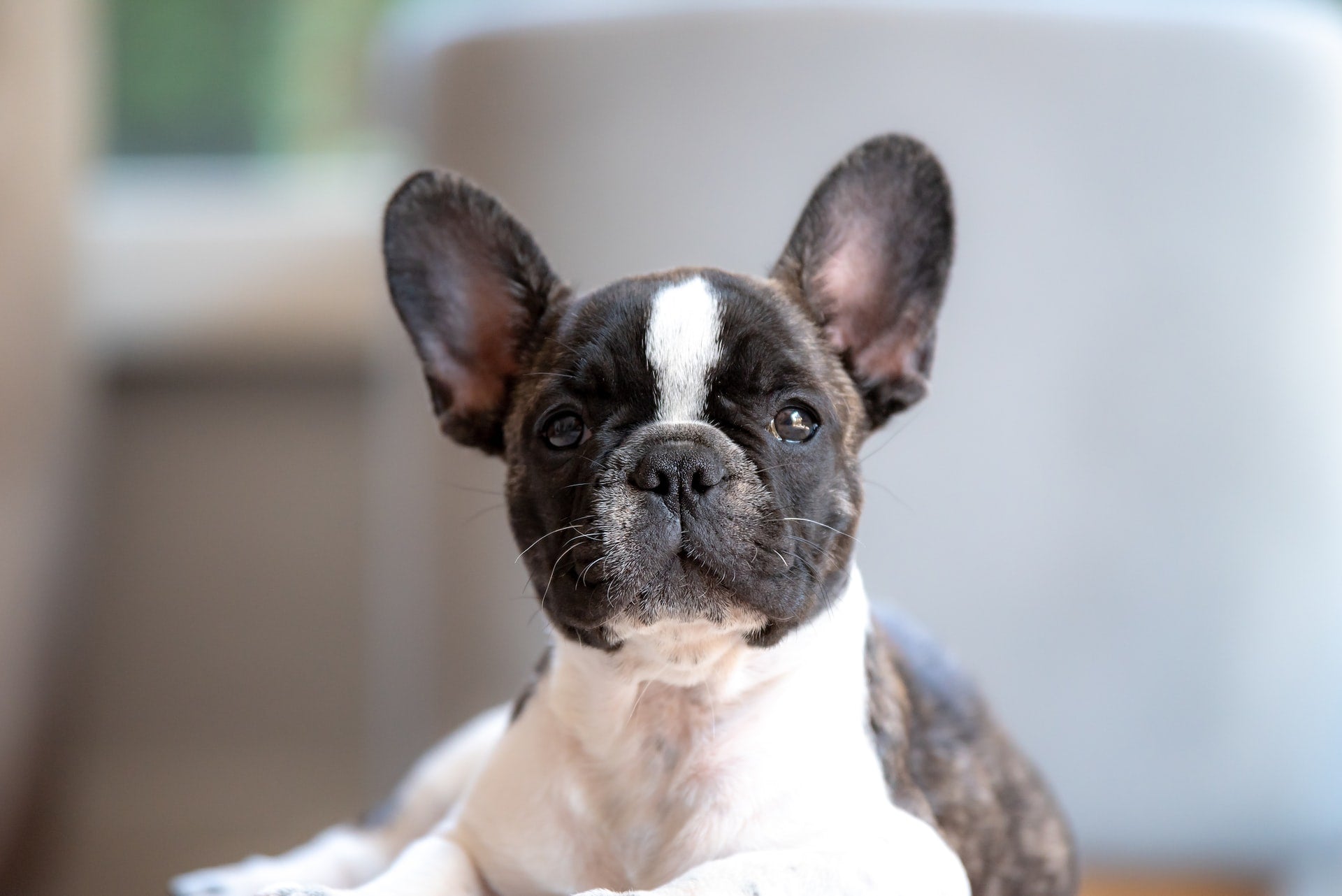In the U. S., French Bulldogs are as widespread as any other kind of dog. They evolved in France in the early 19th century due to crossing very few British Bulldogs. These smaller canines were commonly transported to France because the French favored them over the bigger ones.
This eventually gave rise to the French Bulldog. Because the first Bulldog diverged too much from those produced in France, the original Bulldog became its own breed. There are many colors to choose from. A French Bulldog, for instance, may be brindle, fawn, white, or a combination of the two.
For those looking to pick a specific color of Frenchie, we'll discuss some standard options in this article.
The Origin of Frenchie Colors
The majority of breeders who sell uncommon colors are family-owned businesses. Most of the time, the current owner learned the trade from their parents, who probably learned it from their parents before them. They have spent a lot of time and effort cultivating these genes, which is how they can have puppies of such unique colors.
The color that costs the most is Isabella Frenchie. A dog can only have this hue if it receives two distinct genes simultaneously. These genes are extremely rare on their own. Thus, breeding a dog with both requires a lot of work and time.
Below are some common colors of Frenchies.
Sable

The sable French Bulldog is not even close to being the rarest of all dog breeds. However, they are more expensive and harder to find than most other French Bulldogs.
In addition to their naturally occurring fawn coloring, many also include a crimson pigment that gives them a somewhat darker appearance. Their particular hue of fawn can vary considerably. Some are rather dark and have significantly more black tips, while others are extremely pale.
Blue

Blue is among the most recognizable uncommon Frenchie colors, primarily because many celebrities have displayed their blue Frenchies on social media. Even though they are called "blue," they are more grayish-blue, and many individuals describe them as slate-colored.
Chocolate
The gene for making chocolate is recessive. As a result, Chocolate French Bulldogs are pretty scarce. A chocolate dog is the product of two parents carrying the recessive chocolate gene. If a dominant gene is present, it will mask the recessive gene, and the dog will not have any chocolate coloring.
Cream

The coat of a cream Frenchie is as pale as an egg. They are frequently confused for white French Bulldogs because of their appearance. However, their coloring is not nearly as bright, and their tan tone distinguishes them.
Lilac\sLilac French Bulldogs are likewise highly uncommon. They are one of the most unusual colors that may be found. It's because they require two rare genes: blue and chocolate. Each of these genes is relatively uncommon on its own. When you stumble upon a dog with both traits, you've found a remarkable creature.
Conclusion
French Bulldogs come in a wide variety of unique colors, and a good many of these have relatively high price tags. There are always more coat colors entering the market, mainly because it pays to make rare Frenchies.
However, several of these colors have been linked to an increased risk of health conditions. Therefore, you must conduct adequate inquiries before purchasing only based on color.












